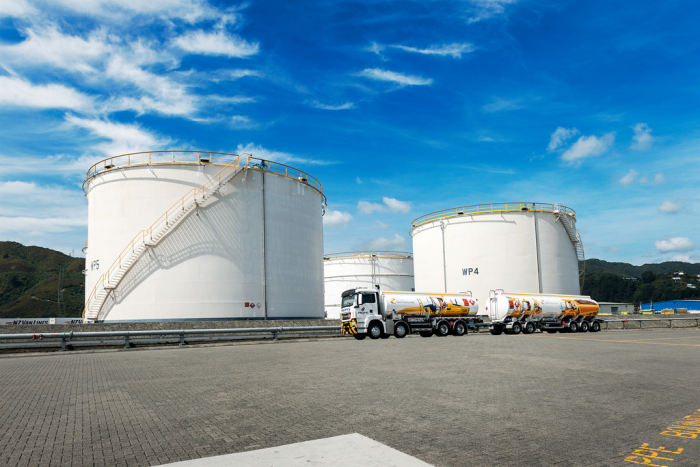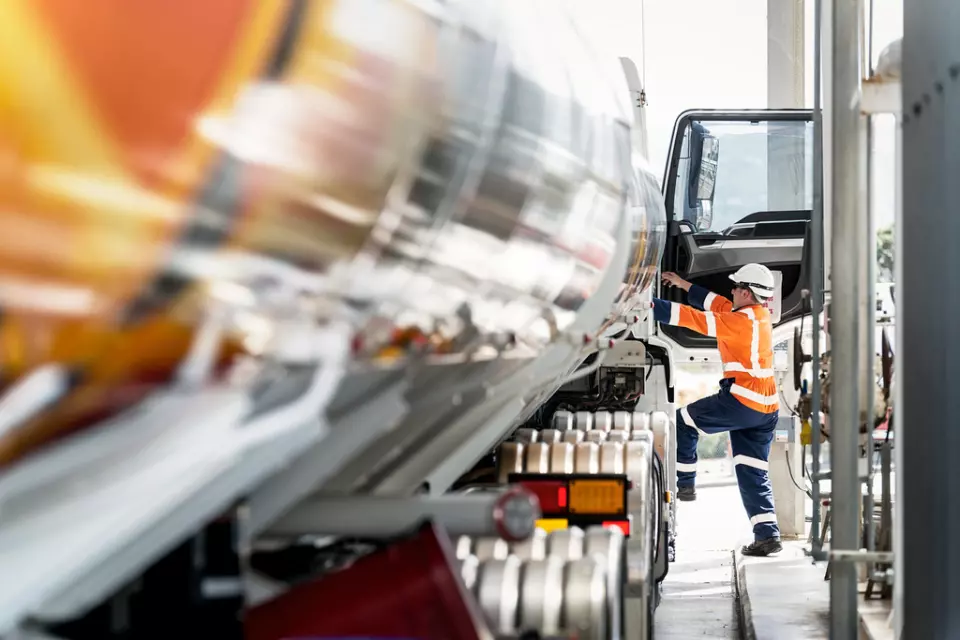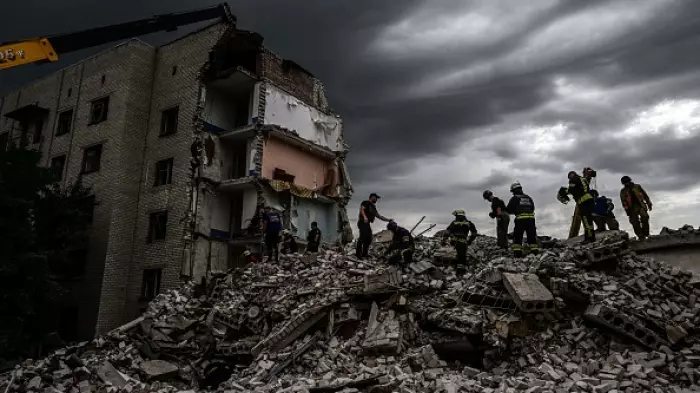How NZ will stay fuelled despite major global supply risks.
Energy security has long been a concern for New Zealand, with official reports highlighting its importance for decades. With the 2022 closure of the Marsden Point Refinery emerging as something of a cause celebre the issue is again in sharp relief, conjuring memories of oil shocks and the car-free days of the 1970s. However, the company responsible for a large part of the country’s liquid fuels says it is confident the system of today has built-in resilience capable of handling all but the most catastrophic of circumstances.
Z Energy’s GM of Supply Julian Hughes says the private sector works hand in glove with Government to keep your car, tractor, and business fuelled up and good to go. “While the Government kicked off a national fuel resilience study in 2024, we worked with independent advisors to develop our own House View. This provides an independent perspective of the fuel industry supply chain showing how prepared we are to manage international and domestic risks,” he notes.
The four key risks identified in Z Energy’s House View are:
- A shortage of refined fuel to purchase from existing sources
- Limited availability of ships to transport fuel
- Restrictions to major maritime corridors because of an event (e.g. a typhoon in Asia – or the blockage of key shipping routes like the Panama or Suez canals)
- Domestic infrastructure failures such as a pipeline rupture (which happened in 2017 when a farmer excavated the duct supplying Auckland Airport).
The big question in the wake of Marsden’s closure surrounds international supply lines, or, as Hughes puts it: “Before we even think of domestic distribution to fuel stations, we have to be able to buy the stuff and get it here.”
Notably, that still involves Marsden Point, a deep-water port capable of receiving large tankers, and featuring the necessary facilities for offloading and storing quantities of petrol, diesel and jet fuel.
However, Hughes is quick to dispel the myth that the ageing refinery played a crucial role in fuel security, for a simple reason: “In its heyday Marsden was producing around 70% of the fuel we consume. The catch, though, is that nearly all the feedstock for the refinery was imported crude – and that crude typically came from the Middle East, with a lead time of up to 35 days.”
It is, he agrees, no major leap of logic that there is little difference whether importing crude or finished product. “Where there is a positive change is that we now source most of our fuels from North and Southeast Asia. And those lead times are around 20 days.”
Often noted for its “tyranny of distance” and diminutive population, Hughes says the fact New Zealand consumes a fraction of a percentage of the world’s liquid fuels becomes a slight advantage in securing the fuel necessary to power our economy and society. “We use about 0.8% of the global supply,” he notes. “Even if there is a major incident interrupting all our regular sources, we have such small demand on an international scale that sourcing sufficient fuel doesn’t require major shipping or infrastructure adjustments.”
More than that, he says Z’s scenario planning indicates sufficient time allowed by existing stockpiles to find alternative sources in the Middle East and India.
Those stockpiles are typically 55 days' worth if diesel, 90 days' supply of petrol and 60 days' worth of jet fuel. “That’s the time we have to replumb the system, both internationally and domestically,” he notes. “We’ve run ‘worst case’ scenarios and even if all existing supplies were cut off (from North Asia) and both the Suez and Panama canals were closed, it can be done, although we’d be cutting it fine with diesel.”

Domestic resilience then becomes a logistics issue where the fuel must reach, or be reachable, by the end user. Hughes notes that Auckland, as a major hub, plays a crucial role in New Zealand's fuel security, consuming the lion’s share of the nation’s energy, and observes that the city's infrastructure requires continuous scrutiny and investment for efficient fuel distribution.
“For example, when the pipeline was ruptured in 2017, it turned out that the infrastructure at Auckland Airport isn’t designed for truck deliveries like other airports are. Those details matter in an emergency – and they become clear through the experience of a problem,” he explains.
Of course, trucking and logistics are critical components of the domestic fuel supply chain, with the availability of vehicles and drivers crucial for business as usual, or to respond to local disruptions. As a modular and flexible mode of transport underpinned by networks of roads and distributed operators, trucking offers advantages in the event of earthquakes or other domestic interruptions. Essentially, he says, resources can be marshalled from unaffected areas – so long as sufficient drivers and vehicles are available.
Z’s House View identifies key measures to further strengthen domestic fuel security, including successfully implementing the Minimum Stockholding Obligation regime from 2025; increasing jet fuel storage at Auckland Airport to meet future demand; ensuring fuel companies maintain a robust trucking fleet capable of responding to disruptions; and fostering greater collaboration between the fuel industry and the government to refine crisis response plans and long-term strategies.
But Hughes says the bottom line is the immediate status quo is sound and comparable to that of Australia.
“We are in the business of providing fuel, and we take pride in ensuring that our supply remains uninterrupted. It's a matter of national importance, and we are committed to maintaining and improving our resilience.”






